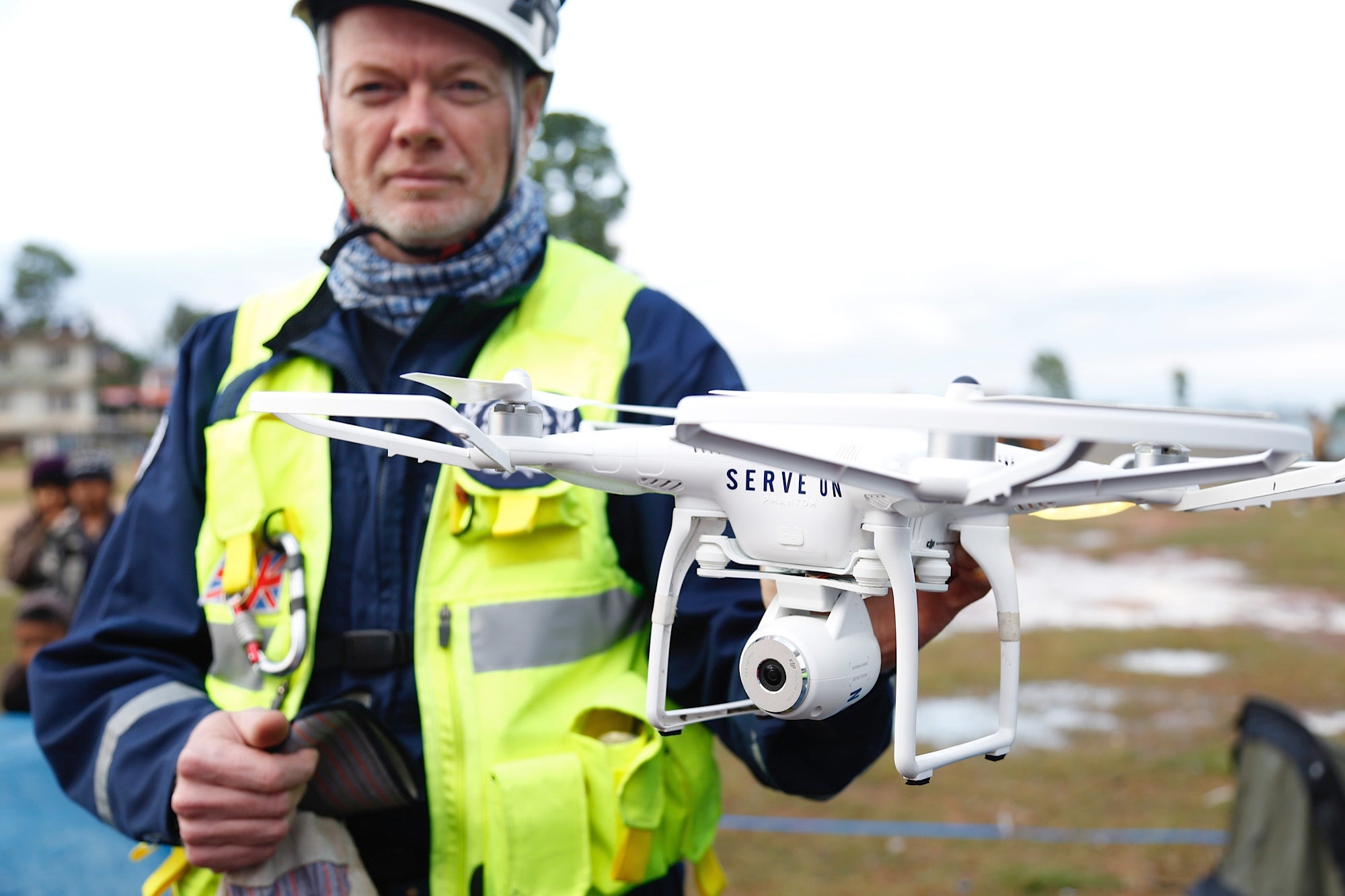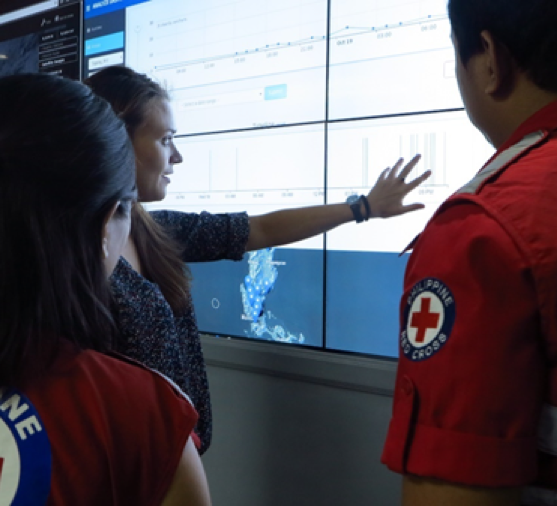
Challenges in development are growing at unprecedented rates, driven by complex human crises : refugees, rapid and unsustainable urbanization and climate change, failure to meet basic infrastructure needs, youth unemployment and disengagement, and stubbornly poor health and education outcomes, to name a few. Set against a backdrop of political and public pressure to do more with less – and see results faster than ever – even the most optimistic among us are likely to view the glass half empty.
Incubating, promoting and scaling positively disruptive innovation may be the fulcrum needed to overcome these challenges. But what is innovation? Is it geeks in white lab coats trying untested solutions? Is it ‘fantastic’ sounding panaceas that we toss over a fence and hope that someone catches? After leading an “innovation lab” in the World Bank’s Global Facility for Disaster Reduction and Recovery (GFDRR) for the last five years, I have a few general thoughts on what innovation is and how we can harness it.
- Clearly identify the problem, and engage everyone in the solution: This may sound obvious, but it's often the missing step that leads to failure. Innovation for innovation’s sake does not and cannot work in the long-term . Instead, we need to build the solutions with those who own the problem. For example, in a world where quality maps are rare yet fundamental for sustainable development, crowdsourcing and community mapping became viable solutions. In many of our projects, these tools proved to be several orders of magnitude faster than traditional methods, were cost-effective, and enabled citizens from across the world to engage in the challenge of development and saving lives. In Jakarta, for example, volunteers mapped over 160,000 buildings in a matter of weeks. But unlike many active in this space, the WB teams also brought government agencies and decision makers along on the journey – meaning that this disruptive solution has become an integrated and sustainable solution.
- With a wide enough audience, endless solutions are possible – but we must be prepared to fail: To crowd in the best ideas from across the globe, we launched a Challenge Fund in 2015. With clear problem statements, scientists, technologists and entrepreneurs have worked with us to make transformative rather than incremental shifts. By opting for a 30% failure rate as a measure of success, we embraced the risks so we could fully capitalize on global potential. In Burkina Faso, the attenuation of cell phone signals between towers is predicting intense rainfall and supporting a genuine public-private partnership. Social media in Indonesia, Philippines and Tanzania is being mined to rapidly pinpoint floods affecting urban areas and deploy resources. To achieve breakthroughs like these, however, it’s necessary to prepare for a certain amount of risk, and failure.

FloodTags, one of the winners of the GFDRR/DFID Challenge Fund, combined natural language processing and flood modeling to improve risk information via social media activity. © FloodTags - Innovation can be simple and immediate: Strategic investment in open-source software enables savings on annual licencing fees that can be redirected towards training and customisation. It also helps us to reach scale in our projects, as with open-source software developed in Indonesia (InaSAFE) applied and customised in Philippines, Madagascar, Haiti and beyond.
- Innovation means tailoring information to the end-user, not the producer: Why were NGO’s and development agencies caught off-guard by the 2015 Nepal earthquake? Many simply hadn’t thought about earthquake as they were designing and building buildings and infrastructure. Data and knowledge inherent in the scientific-engineering community simply wasn’t fit for purpose and therefore not available to the development and humanitarian community. The ThinkHazard! platform provided the mechanism to convert complex scientific jargon and data into useable information that means we can finally able to get the right information to the right people at the right time.
- Innovation is also about shifting policy priorities: For too long, we rushed to the assistance of countries during disaster or health crises, but failed to support limited long-term improvement in ex-ante preparedness and prevention. Highlighting the fiscal impacts of crises to help shift the emphasis from civil protection and response authorities to central finance ministries is transformative here, and enables innovation in both policy and action.
- Creating the space for innovation is critical: Through the Understanding Risk global community, we brought together decision makers with the best minds from academia, private sector and public sector to explore the power of the IBM Watson supercomputer, drones, citizen science, and other promising disruptive technologies in an egalitarian environment. When senior decision makers connect and exchange with entrepreneurs in science and technology who are building the solutions of tomorrow, real change can happen.
If innovation is your passion, consider joining us for the 2018 Understanding Risk Forum in Mexico City. More information via the link below:



Join the Conversation